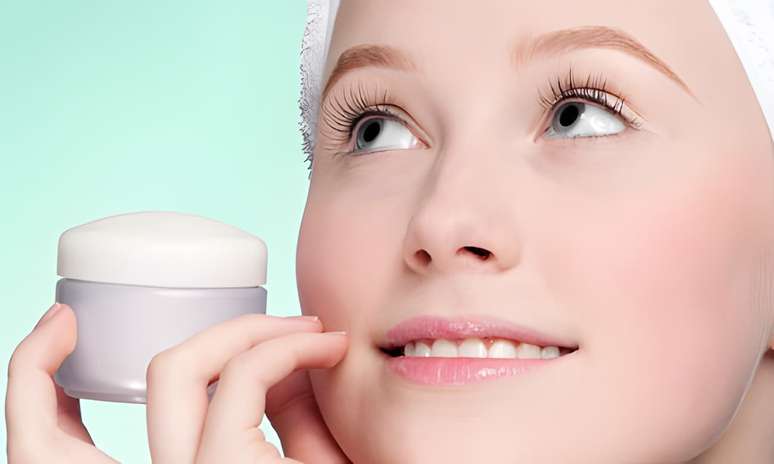Even in winter, you need to be careful after using acids.
Summary
Acids can be used in cosmetics and skin renewal procedures and should be used under medical advice.
Acids can be found in anti-aging cosmetics, master skin renewal formulas, as well as in-office peel treatments with higher concentrations of exfoliating acids.
“There are acids that hydrate the skin or have antioxidant properties and may not require special care beyond the use of sunscreen. In the case of peels and exfoliating acids, they promote the renewal of the skin structure, the proliferation of keratinocytes, fibroblasts and new vessels in the area treated by the chosen substance with a peeling-promoting action, always with the aim of repairing and treating an unsightly change, promoting elasticity, firmness, improving the consistency of the color and expression lines. It is necessary to use them under medical supervision,” explains dermatologist Claudia Marçal, member of the Brazilian Society of Dermatology.
“The skin tends to become more sensitive with the application, so it is better to do it in winter than in summer, not only because of the aggression of the sun’s rays, but also because of the high temperature. Even in winter, since we are in a very sunny country, we must take some precautions after using acids, such as avoiding being in open, hot and sunny environments, and avoiding using any product on the skin that is not recommended by your dermatologist. In addition, it may be advisable to use techniques to lower the skin temperature, such as fans with a weak and not too cold jet, thermal water nebulizations and cold chamomile compresses”, advises dermatologist Mônica Aribi, full member of the Brazilian Society of Dermatology.
But there is no doubt that, even if they “attack” the skin, these acids are loved for the results they bring when used under medical supervision. Below, doctors talk about their favorite “bad guys”:
Retinoic acid
Claudia Marçal explains that this is the acid of choice when you have chronologically aged or photoaged skin. “It is an acidic vitamin A, its purpose is to improve cell turnover, bringing younger, more oxygenated and better nourished cells to the surface of the skin. This acid stimulates neocollagenesis and stimulates type 1 and type 3 collagen,” explains Claudia.
According to Mônica, this acid is indicated to improve cell renewal, which can help “eliminate” stained surface cells and acne. “Thanks to this renewing effect, it can be used in combination with other whitening substances with the advantage of bringing the cells free of stains to the surface,” explains the doctor.
Caution and doctor consultation are necessary when using this acid, which is photosensitive, which is why the use of sunscreen the next day is essential.
Glycolic Acid
This acid has a strong exfoliating capacity, it breaks down and reduces the adhesion between the cells of the first layer, opening entry points so that everything that accompanies it can penetrate. “It can therefore be a complement to act against imperfections, since it reduces the thickness of the skin and facilitates the action of whitening substances”, says Mônica.
Salicylic acid
“It is a beta-hydroxy acid and plays an important role in controlling acne, especially acne that forms small microcysts and you can see horny plugs inside the exit ducts of the glands, which are the pores – where the skin is thicker and has an irregular consistency,” explains dermatologist Claudia.
“And today there is a very modern approach to using salicylic acid for rejuvenation, removing changes and imperfections in the epidermal layer and carrying out a process of exfoliation and renewal of the entire stratum corneum. It has antimicrobial and anti-inflammatory action,” she concludes.
inspires transformation in the world of work, in business, in society. Compasso, a content and connection agency, is born.
Source: Terra
Rose James is a Gossipify movie and series reviewer known for her in-depth analysis and unique perspective on the latest releases. With a background in film studies, she provides engaging and informative reviews, and keeps readers up to date with industry trends and emerging talents.







